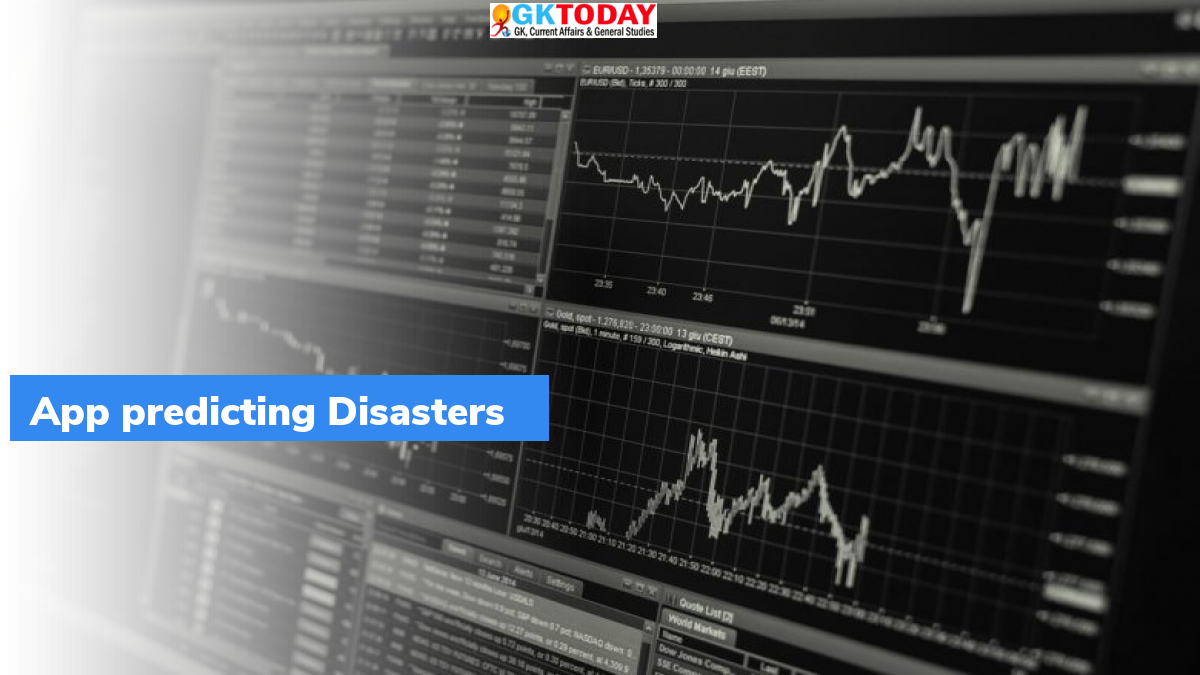IIT Roorkee-NDMA develop App to Predict Natural Disasters
The National Disaster Management Authority (NDMA) and IIT Roorkee has developed an app, in a joint venture, that can predict natural disasters.
Highlights
- App will alert about possible natural calamities in advance.
- Uttarakhand cabinet has also formed an expert committee that will tell us about the quantum of rainfall in each area in order to make arrangements in advance.
- According to minister, Doppler Radar has started functioning at Mukteshwar. Radar will also be installed at Surkanda Devi within 1-1.5 months.
- Third Doppler Radar will be installed in Lansdowne.
Background
The development of the app is in line with the proposal by the Central Government to simplify the disaster parameters of 2011.
Doppler Radar
Doppler Radar is a specialized radar that make use of Doppler effect to produce velocity data about the distant objects.
Doppler effect
When the source and signal are in relative motion to each other, observer witness a change in the frequency. If they move closer, frequency increases and vice versa. This effect is called as Doppler effect.
What is a Radar?
Radar, expanded as Radio Detection and Ranging, is a device that uses electromagnetic waves in the microwaves region in order to detect location, range & direction; altitude; intensity and movement of moving & non-moving objects.
How does a Doppler radar work?
Radars emit a beam of energy, called radio waves, from an antenna. When the radio waves strike an object in the atmosphere, energy scatters in all directions. Some of the energy is reflected directly back to the radar. Larger the object deflects the beam as well as amount of energy that the radar receives in return. Weather forecasting department observes the time required for the beam to be transmitted & returned to the radar and see raindrops in the atmosphere & measure their distance from the radar.
Month: Current Affairs - August, 2021








